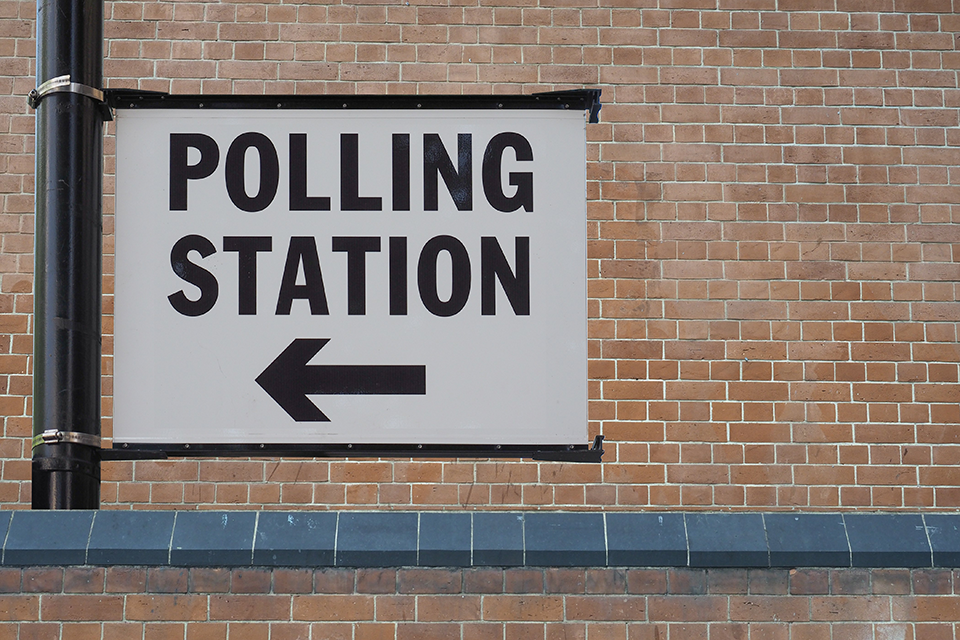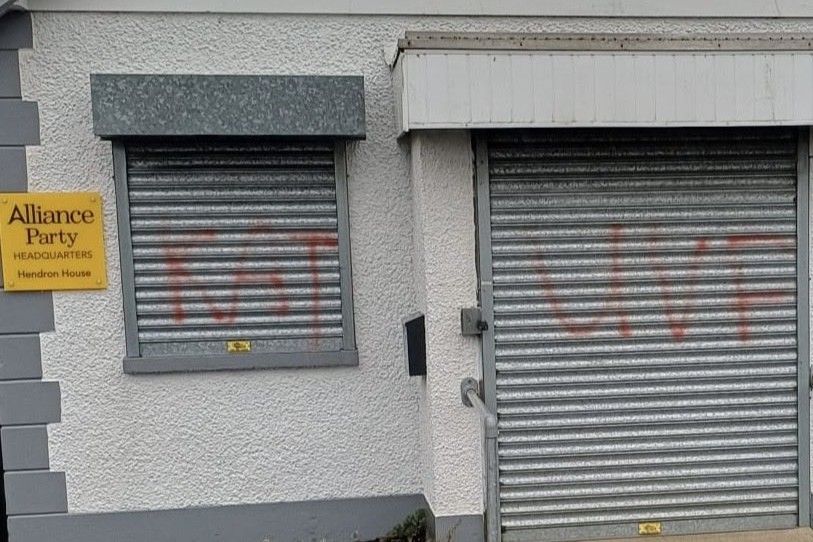A number of different voting systems are used in elections in Northern Ireland. The voting system used depends on the election.
Westminster Elections
First-past-the-post is the voting system used when electing Members of Parliaments to the House of Commons.
The UK is divided into constituencies, of which Northern Ireland has a total of 18: Belfast East, Belfast North, Belfast South, Belfast West, East Antrim, East Londonderry, Fermanagh and South Tyrone, Foyle, Lagan Valley, Mid Ulster, Newry and Armagh, North Antrim, North Down, South Antrim, South Down, Strangford, Upper Bann and West Tyrone.
Voters put a cross (X) next to their preferred candidate. The candidate that receives the most votes is elected to represent their constituency.
Northern Ireland Assembly and Local Council Elections
The Single Transferable Vote (STV) is the voting system used to elect members of the Northern Ireland Assembly and Local Councils. It is a form of proportional representation.
This means that each constituency elects multiple candidates rather than just one.
Voters rank the candidates in order of preference, starting at 1 and working their way upwards to 2, 3 and so on. They can vote for as many candidates as they like.
Firstly, all of the first preference votes are counted, any of the candidates who have achieved the quota required are elected. Then those candidates who have already been elected who have more votes than are needed to fill the quota have their surplus votes transferred to the remaining candidates. Votes that would have gone to the elected candidate instead go to the second preference listed on that ballot paper.
If candidates do not meet the quota, the candidate with the fewest first preference votes is eliminated and the second preference votes are transferred to other candidates. These processes are repeated until all seats are filled.




